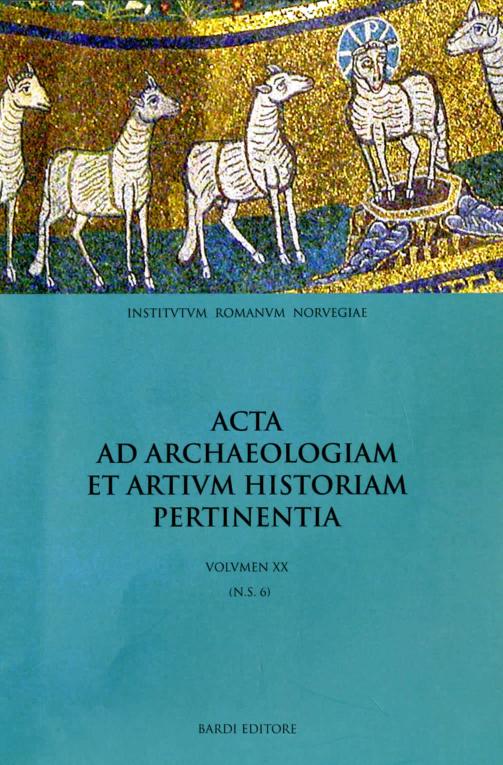Re-carving Roman Portraits: Background and Methods
DOI:
https://doi.org/10.5617/acta.5745Abstract
The portrait is regarded as a Roman invention. Facial features of many Romans come down to us through portraits in styles which were progressively developed from the time of Caesar (100-44 BC) to that of Justinian (AD 527-565), mostly in precious metals and marble. The workmanship of Roman portraits is, however, not always as straightforward as traditionally perceived. Since the discovery of the Cancelleria Reliefs in the 1930s, in which the portrait of the damnatio memoriae-convicted Emperor Domitian (81-96) was re-carved into that of Nerva (96-98), scholars have been aware of the fact that some portraits had already been altered in antiquity. This article is based on an investigation of more than 2000 portraits where c. 500 proved to be re-carved. The study provides thorough analyses of the different re-carving methods, some of which can be attributed to geographically localised workshops. The classification of re-carving methods and workshops provides a useful introduction to the understanding of the nature of Roman portrait art seen from below, from the artist’s and carver’s view.
How to Cite
Issue
Section
License

This work is licensed under a Creative Commons Attribution-NonCommercial 4.0 International License.
Authors who publish with this journal agree to the following terms:
- Authors retain copyright and grant the journal right of first publication with the work simultaneously licensed under a Creative Commons Attribution License that allows others to share the work with an acknowledgment of the work's authorship and initial publication in this journal.
- Authors are able to enter into separate, additional contractual arrangements for the non-exclusive distribution of the journal's published version of the work (e.g., post it to an institutional repository or publish it in a book), with an acknowledgement of its initial publication in this journal.
- Authors are permitted and encouraged to post their work online (e.g., in institutional repositories or on their website) prior to and during the submission process, as it can lead to productive exchanges, as well as earlier and greater citation of published work (See The Effect of Open Access).





